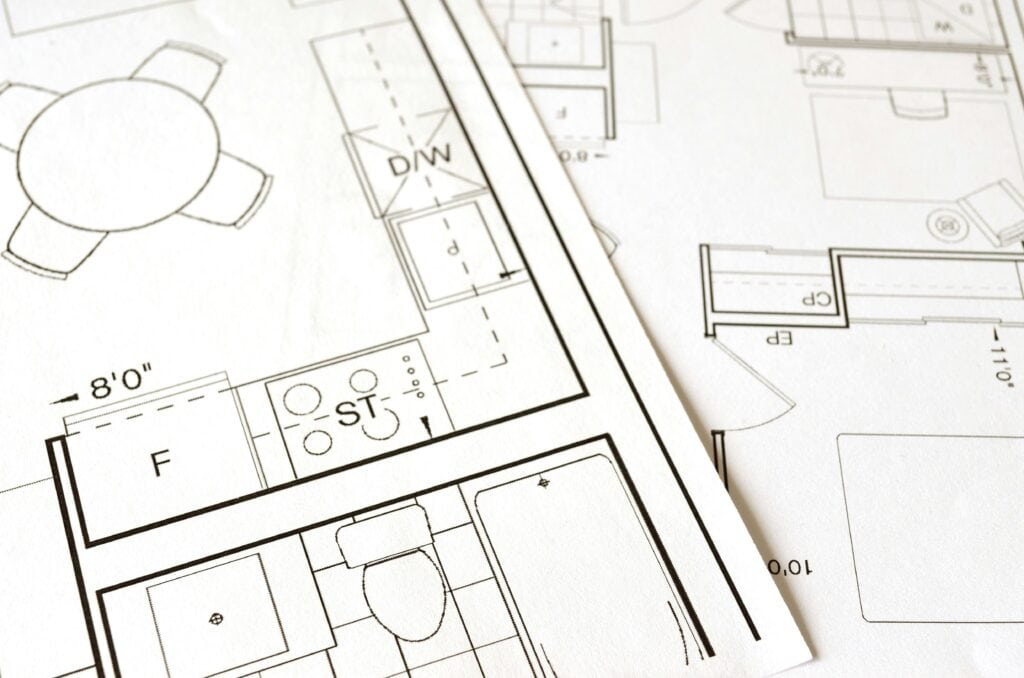
The home renovation landscape has transformed dramatically, with DIY projects gaining popularity through engaging TV shows and Pinterest-worthy inspiration boards. Yet despite the appeal of tackling design projects yourself, there’s a significant gap between amateur efforts and professional architectural expertise that can make or break your project’s success, safety, and lasting value. This approach has been proven effective by industry professionals who understand the nuances involved.
Understanding Building Codes and Regulations
Building codes might not make for exciting TV, but they’re the backbone of safe construction. Professional architects dedicate countless hours mastering these complex regulations, and it’s no wonder why a striking 67% of DIY renovations don’t pass their first inspection due to code violations. These aren’t just bureaucratic hurdles; they’re essential safeguards covering everything from structural integrity to fire safety. While DIY enthusiasts might skim the basics, architects stay on top of ever-changing regulations through ongoing education and practical experience. Research shows that implementing these strategies consistently yields measurable results over time.
Technical Expertise and Structural Understanding
There’s more to design than meets the eye. While DIY enthusiasts might have fantastic creative ideas, they often lack the deep technical knowledge that comes from years of professional training. Architects bring expertise in structural engineering, material science, and integrated building systems. What might look like a simple wall removal could compromise your home’s entire structure, and statistics show that 43% of DIY structural changes eventually need professional fixes. Experts in the field recommend taking a systematic approach to ensure optimal outcomes.
Comprehensive Design Approach When homeowners need to tackle complex renovations, many turn to architecture firms in Atlanta and beyond because they understand the value of holistic design thinking. While DIY designers might focus on immediate visual impact, professional architects simultaneously consider spatial flow, natural lighting, energy efficiency, and future adaptability. They’re typically juggling over 200 different variables in their design process, while DIY approaches usually account for less than a quarter of these factors. Understanding the underlying principles helps practitioners avoid common mistakes and pitfalls.
Problem, Solving and Prevention
Experience brings foresight, and professional architects excel at spotting potential issues before they become costly problems. Their track record speaks volumes, architect-designed projects encounter 75% fewer construction-related problems than DIY efforts. This preventive approach pays off in numerous ways, like strategic window placement that can slash energy costs by 30% instead of accidentally
increasing them through poor planning. Many professionals have found success by adapting these methods to their specific circumstances.
Advanced Tools and Resources
Today’s architects work with sophisticated digital tools that go well beyond consumer, grade design apps. Their professional-grade software suite includes Building Information Modeling (BIM), energy analysis tools, and complex structural calculations programs. These advanced resources improve design accuracy by 89% and cut planning errors by 73% compared to basic methods. The key lies in consistent application and careful attention to detail throughout the process.
Project Management and Coordination
Think of architects as orchestra conductors, harmonizing the efforts of various construction professionals. They coordinate seamlessly with structural engineers, mechanical specialists, and contractors to keep projects running smoothly. This professional oversight typically results in projects finishing 40% faster than DIY-managed renovations, with significantly fewer budget overruns. Studies indicate that organizations following these guidelines report higher satisfaction rates.
Long-term Value and Return on Investment
The value of professional architectural design extends far beyond the construction phase. Homes with architect and designed renovations consistently command 15-20% higher resale values compared to DIY improvements. This premium stems from superior space utilization, thoughtful material selection, and expert execution of design concepts. Experienced practitioners emphasize the importance of thorough preparation before implementation.
Cost Implications and Hidden Expenses
While DIY might seem like a money-saver at first glance, the numbers tell a different story. About 58% of DIY projects end up exceeding their initial budgets due to unexpected complications. In contrast, architectural services typically represent 5-15% of project costs but can generate 28-35% savings in construction expenses through efficient design and thorough planning. Industry data suggests that proper execution of these principles leads to sustainable improvements.
Conclusion
The appeal of DIY design is understandable, especially for minor updates and simple projects. However, when it comes to significant renovations or new construction, professional architectural expertise proves invaluable. The combination of technical mastery, regulatory knowledge, and comprehensive design approach that architects bring to each project results in safer, more valuable, and better-executed spaces.
When weighing the costs and benefits of major home improvements, professional architectural services often represent one of the wisest investments in the project’s long-term success.
Implementing these strategies requires dedication and attention to detail, but the results speak for themselves when applied consistently. Professional success in this area depends on understanding both the fundamental principles and the practical applications that drive meaningful outcomes. Organizations that prioritize these approaches typically see sustained improvements in their operations and overall effectiveness.










